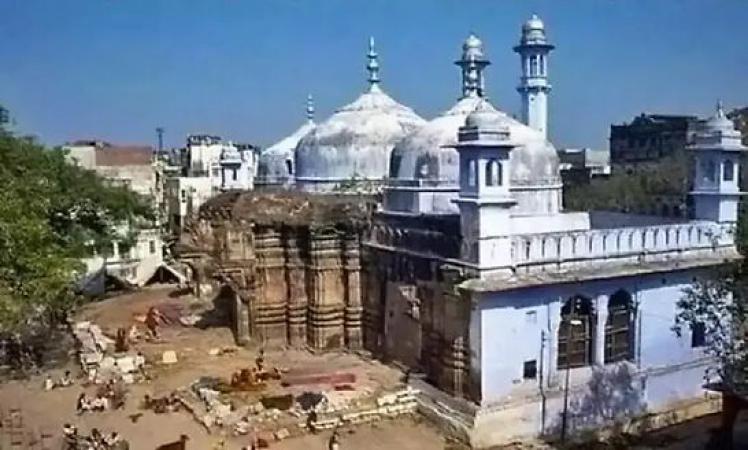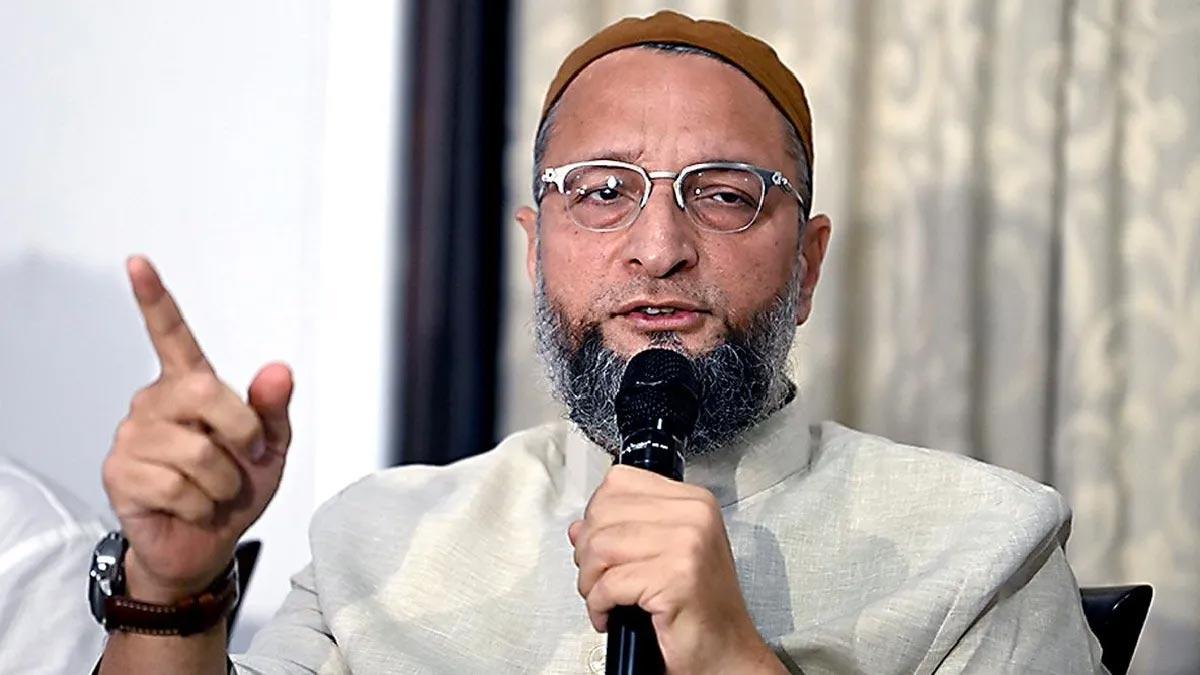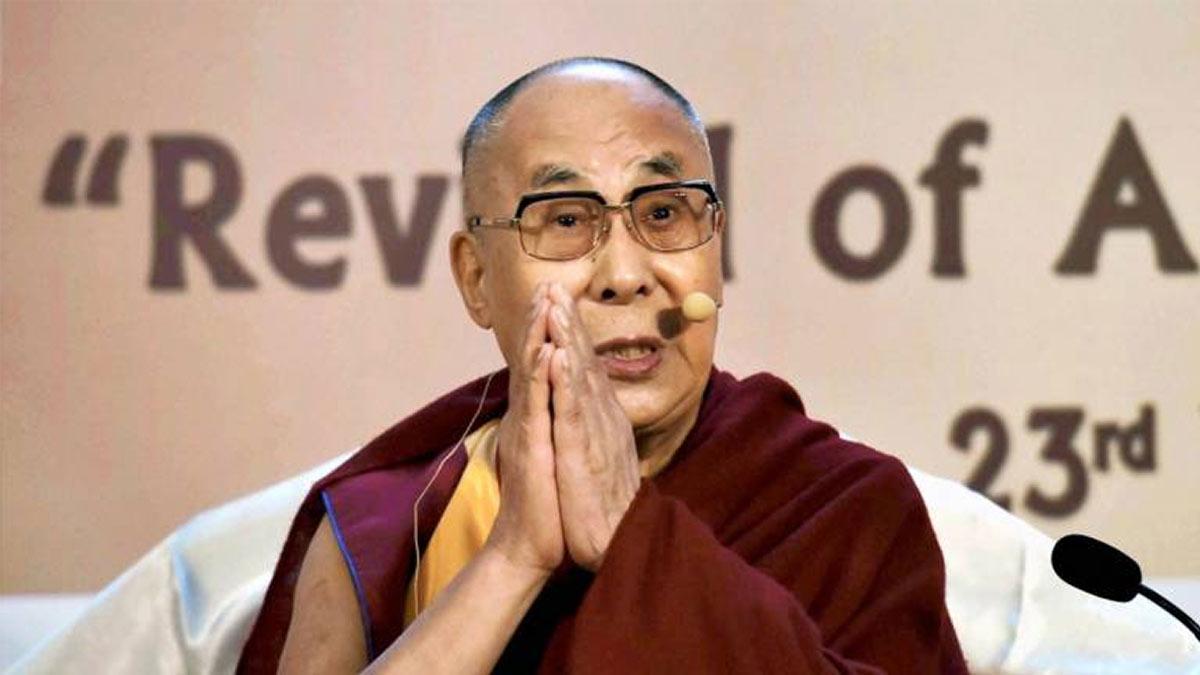The Varanasi court on Monday said that the Hindu petition for worship in Shringar Gauri was maintainable and the five Hindu women's plea seeking right to worship in the Gyanvapi complex will be heard.District judge A.K. Vishvesha dismissed the petition filed by the Muslim side citing the Places of Worship Act and questioning the maintainability of the petition. Earlier in May this year, one of the key petitioners in the Gyanvapi Mosque Case, Rakhi Singh denied that she had withdrawn her plea in this case. Talking to the media, Jitendra Singh Vishen, Chief of Vishwa Vedic Sanatan Sangh (VVSS), an organisation backing the Gyanvapi case, rubbished the news of Rakhi’s withdrawal from the case. Following the court orders, a team led by an advocate commissioner, on Friday and Saturday reached the Gyanvapi mosque complex for surveying the site. The team was stopped outside the complex and not allowed to carry their work forward amid protests by the Muslim community outside the complex. The issue has once again landed back in the court . The controversy over Gyanvapi Masjid adjacent to the Kashi Vishwanath Mandir is not new. It goes back to centuries when the mosque was allegedly made after demolishing a part of the Kashi Vishwanath temple.and is making headlines for last one decade after it was taken to a court of law. Here are the key points you need to know revolving around the legal battle over the mandir-maszid issue.
Key Points:
1. The mandir-masjid issue in Varanasi is very much similar to that in Ayodhya, which was legally resolved in 2019. The Gyanvapi issue dates back to 1991 when a bunch of petitioners went to the Varansi court claiming that the Gyanvapi mosque was built on the order of the Mughal emperor Aurangzeb after demolishing a part of the Kashi Vishwanath Temple in 1669. The petitioners then demanded the removal of the mosque and prayed for the land to be given back to Hindus with the permission to worship in the Gyanvapi masjid complex. However, the Allahabad High court suspended the hearing of the case.
2. After the legal victory in the Babri Masjid and Ram Janmbhoomi case in 2019, the Gyanvapi case was revived. With a demand to survey the complex by the Archeological Survey of India, a petitioner named Vijay Shankar Rastogi filed an application in the Civil court as ‘next friend’ of the presiding deity of the temple, Swayambhu Jyotirling Bhagwan Vishweshwar.
3. The current case in the matter was filed in April 2021 by 5 women- Rakhi Singh, Laxmi Devi, Sita Sahu, Manju Vyas and Rekha Pathak with a demand to worship daily Shringar Gauri, Lord Ganesha, Lord Hanuman and Nandi located on the outer wall of the Gyanvapi mosque. Additionally, they asked that there should be no restriction or hindrance by the caretakers of the mosque. For the time being, Hindus are only allowed to worship Shringar Gauri, once in a year, on the fourth day of Chaitra Navaratra.
Also Read | India sees significant dip in Covid cases; 2,288 cases logged in 24 hrs
5. On 26 April 2022, the Varanasi senior division civil court ordered a survey and videography by the advocate commissioner at the mosque complex and to submit a report by May 10.
6. On 6th and 7th May 2022, as per the court orders, a team led by an appointed advocate commissioner, Ajay Kumar Mishra accompanied by a team of lawyers and opposing legal parties, surveyed the Shrinagar Gauri site located on the outer wall of the Gyanvapi mosque. However, they could not complete their work on both days, amid protests and sloganeering. As alleged by the lawyer representing Rakhi Singh and others, they were also not allowed to enter the mosque complex for videography.
7. The survey faced hindrance from the second party claiming the photography was not allowed inside the mosque but the lawyers of the petitioners claimed it was allowed as per the court orders.
8. Harishankar Jain, one of the lawyers representing the petitioners contesting the Gyanvapi Masjid dispute in court, has blamed the mosque administration for gradually removing temple symbols from the structure. He stated that traces of 2 ancient swastikas were visible on the walls of the mosque, fragmented remains of idols were found along with these, stones with engraved statues of Hindu deities were also discovered. However, the survey is limited to the outside of the mosque, if it is conducted inside the mosque’s premises, definite evidence of a prehistoric temple will be revealed, he added.
9. Reportedly Rakhi Singh was believed to withdraw from the case on 9 May 2022. However, VVSS chief Jitendra Singh Vishen rubbished the news and said, Rakhi Singh is not withdrawing the case.
Also Read | Amit Shah announces e-Census by 2024
10. On 9 May 2022, the mosque committee and their lawyer Abhay Nath Yadav, approached the court, with a demand to appoint another advocate as the court commissioner, accusing Ajay Kumar Mishra for partiality. The court heard arguments from both sides on May 9 and will continue the hearing on May 10 too.


















